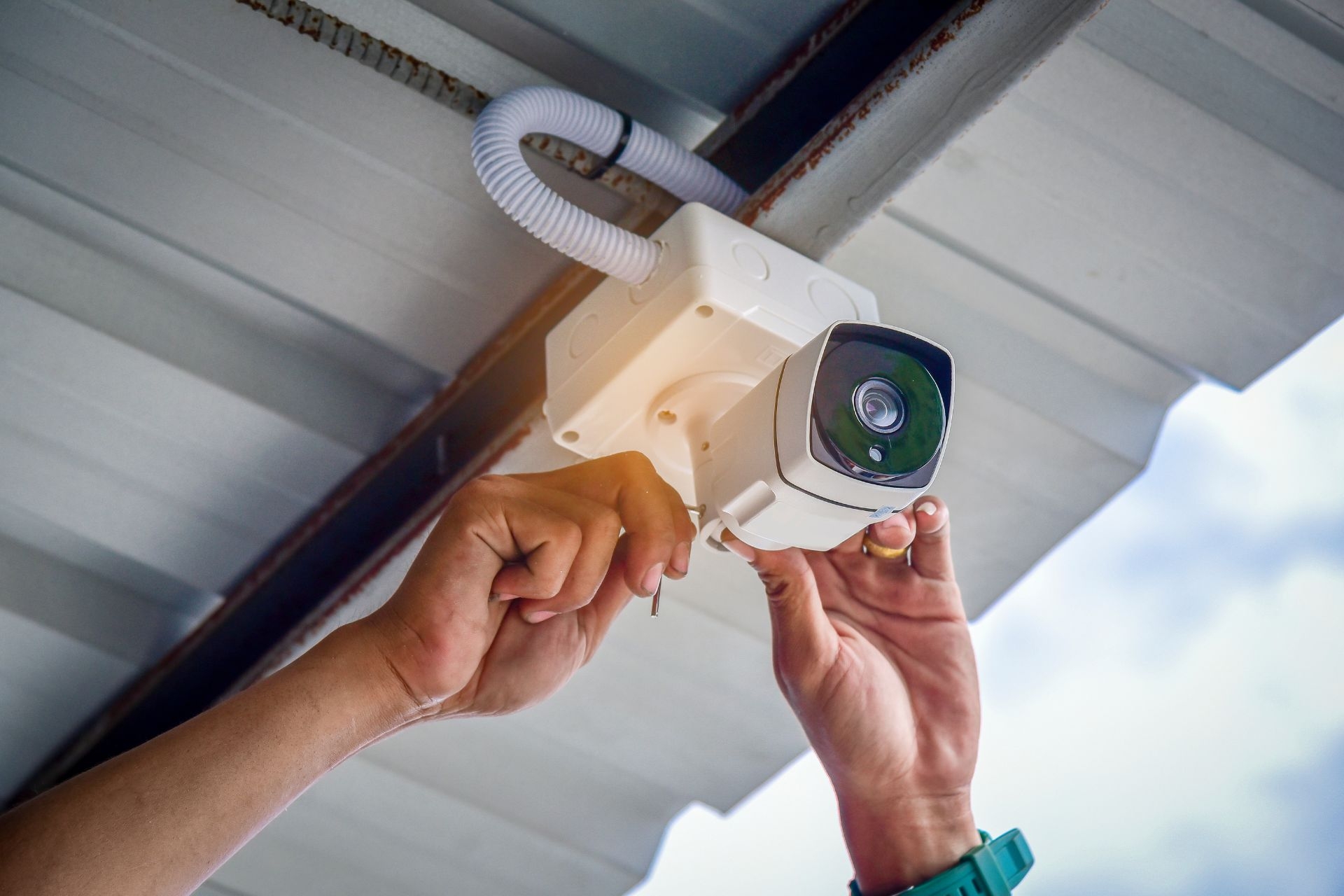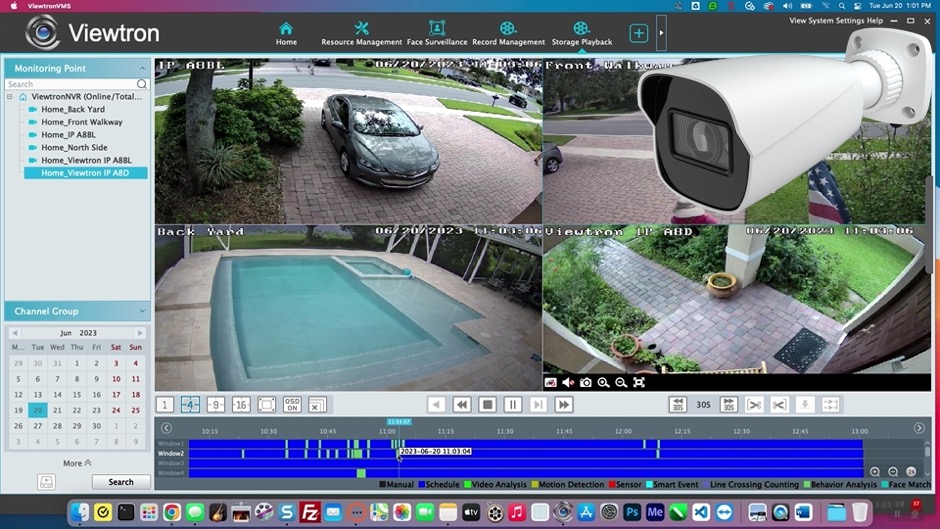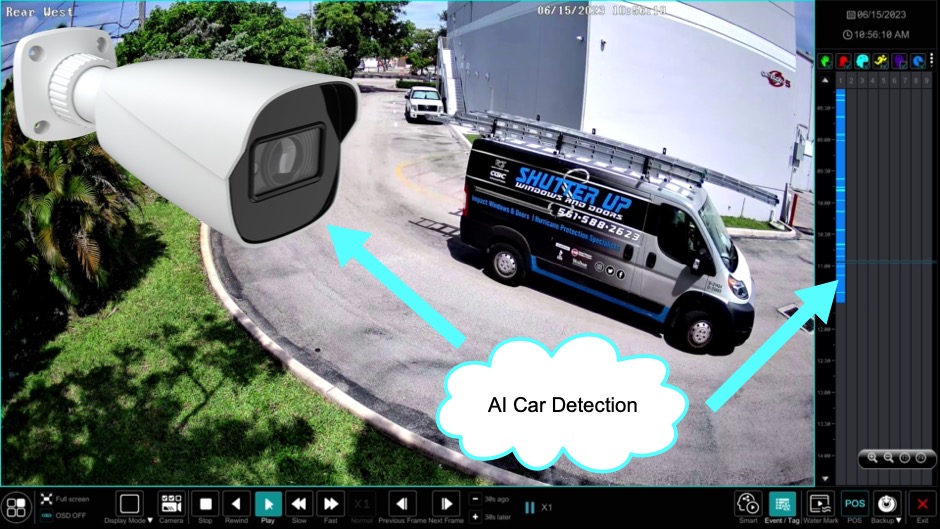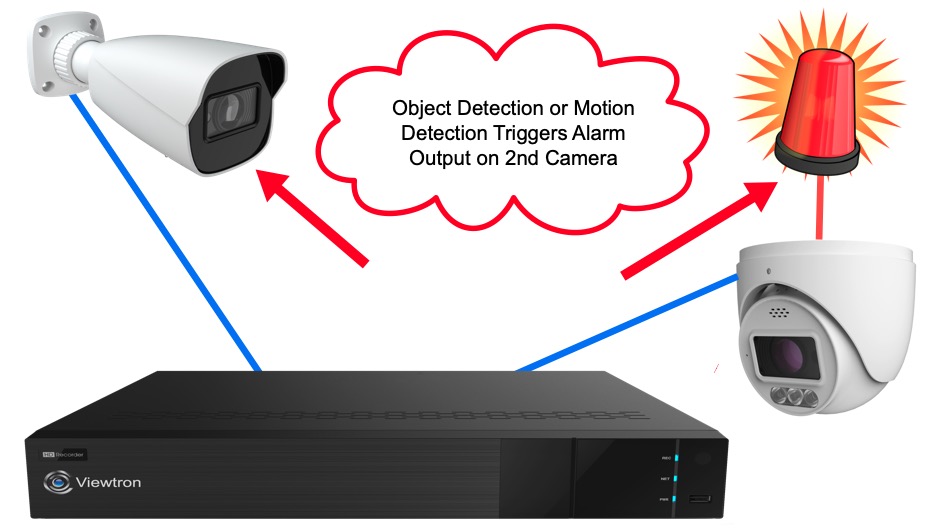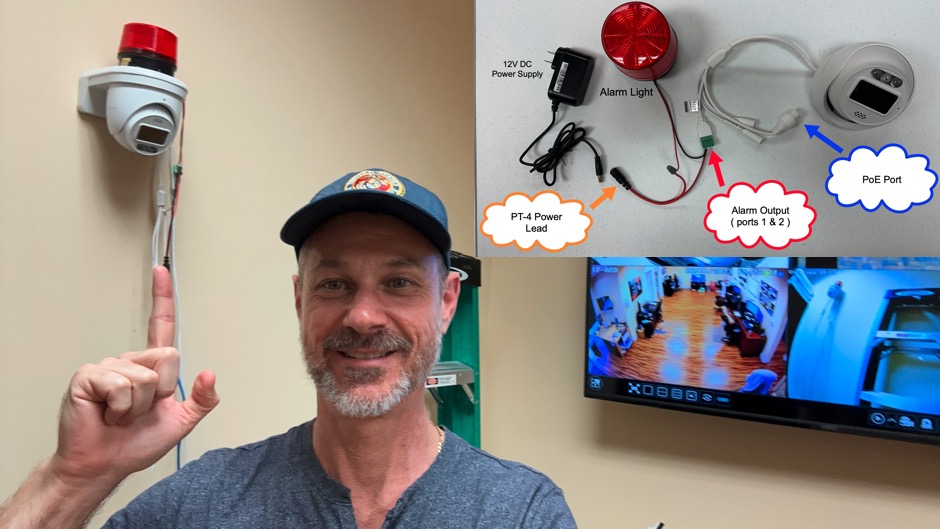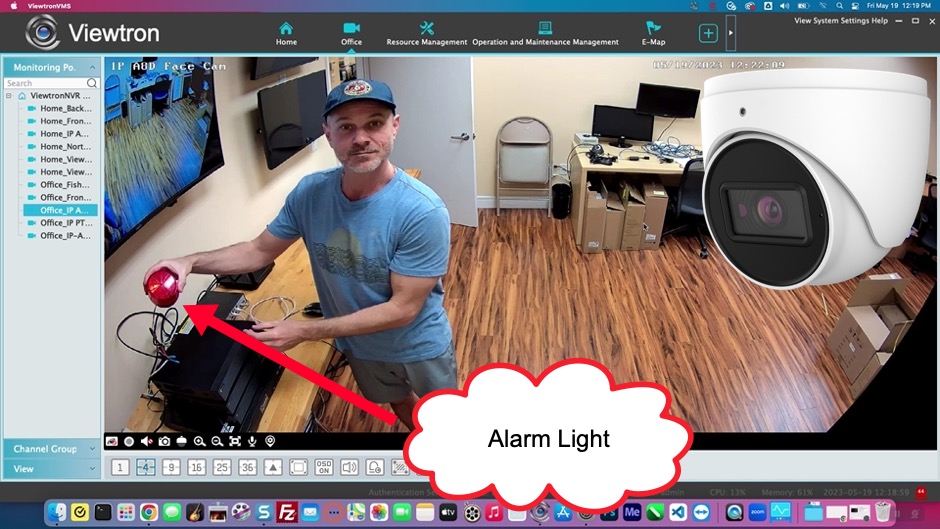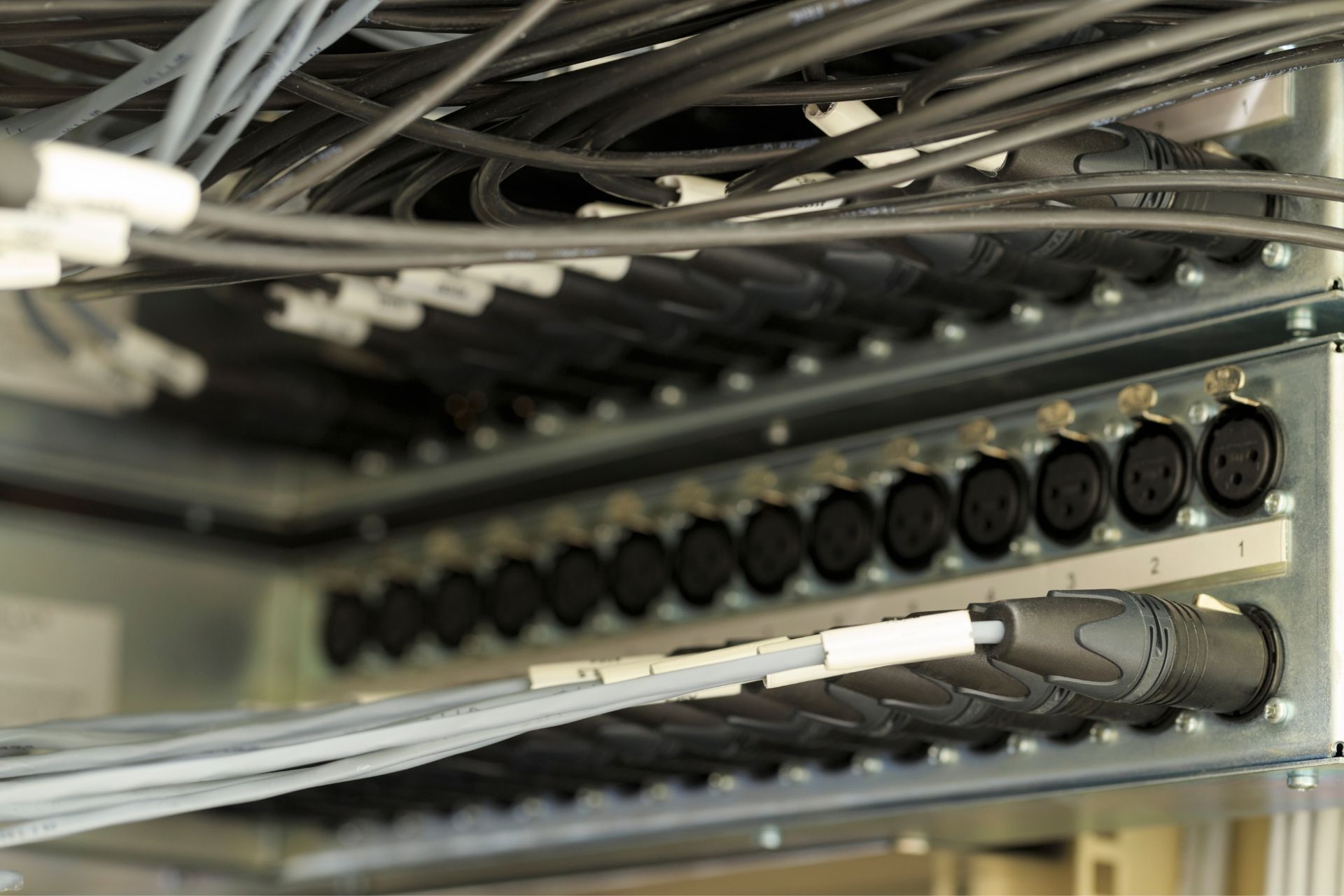Tamper Detection Alarms
How do tamper detection alarms work to prevent unauthorized access to sensitive areas?
Tamper detection alarms work by utilizing sensors and detectors to monitor sensitive areas for any signs of unauthorized access or tampering. These alarms are designed to detect any changes in the environment, such as movement, vibrations, or changes in temperature, and trigger an alert if any suspicious activity is detected. By promptly notifying security personnel or authorities of potential breaches, tamper detection alarms help prevent unauthorized access to secure locations.
